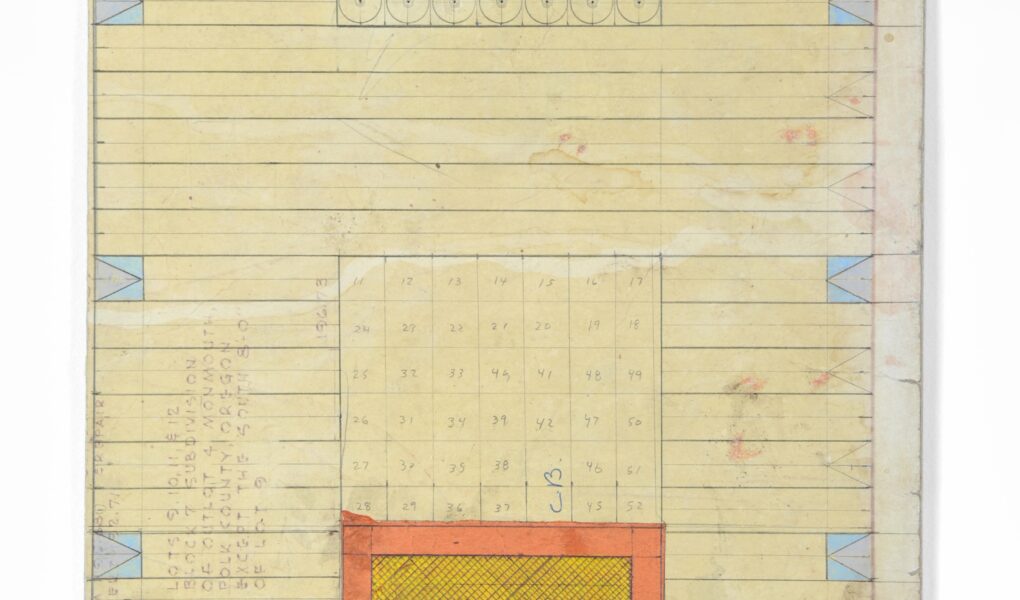by Abigail Susik
I
One of the reasons for abstract art’s ascendancy over the last century is surely its simultaneous accommodation of the ego’s conflicting desires for both symbolic annihilation and reflection of the self.
On the one hand, the formal hermeticism and token minimalism of visual abstraction may provide a rest from the ego’s incessant interjections. In the devastating silence of Rothko’s chapel, for instance, the relentless preoccupation with the self is absorbed into the quicksand of pure pigment. This has been called “visual purity” or “optical transcendence,” but another way to think about it is simply as a temporary cessation of narcissism.
On the other hand, much abstract art has the potential to figure as a metaphorical plaything for the beholder’s fantasies and identifications. Associatively, Mondrian’s grid becomes a cityscape, a microchip, or a representation of the Platonic ideal. In a biomorphic example, Anish Kapoor’s Cloudgate morphs into the Chicago Bean, generating a selfie maelstrom. The paradoxical pliancy of abstraction’s reserve supports the inevitable intrusion of the ever formulating universe of the individual viewer.
This essay was edited by Sue Taylor, Professor Emerita of Art History, Portland State University, and appeared in FIGURING, a publication of The Ford Family Foundation. The annual arts journal (shifting title as it progresses) is part of the program element CRITICAL CONVERSATIONS, led by the University of Oregon with partners Portland State University, The Cooley Gallery, Reed College; and PNCA at Willamette University.
The inaugural publication is dedicated to notions of “figuring,” that is, the processing of a moment to inform a position from which to act, the presentation of a form, or expression of a body. By holding space for both indeterminacy and latent form, Figuring conjures histories and possible futures, lived experiences, and propositions for ways that ethereal matter might exist concretely or be allowed to endure as defined by its own logic.
